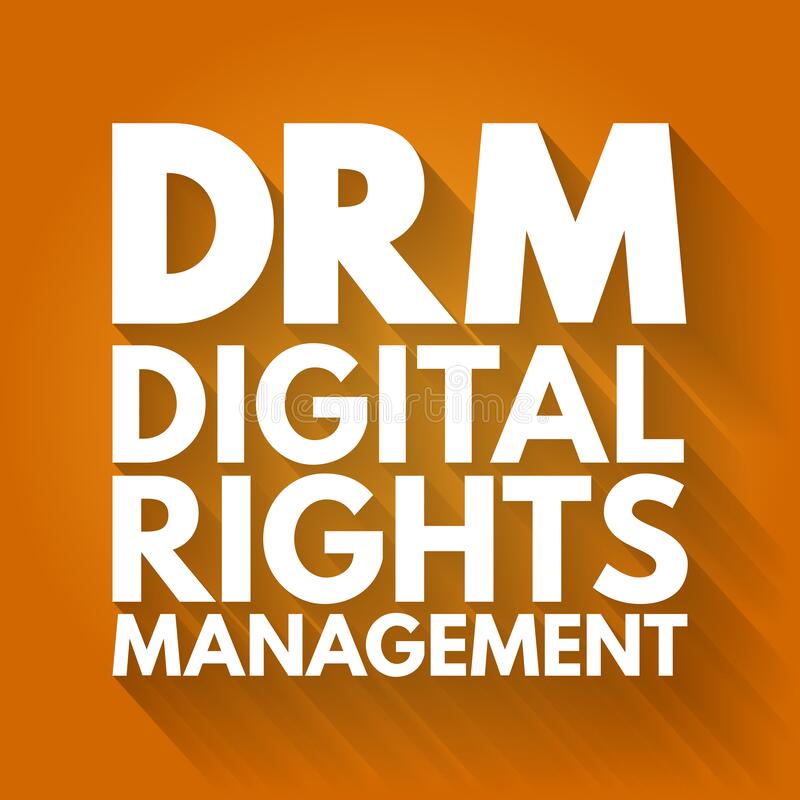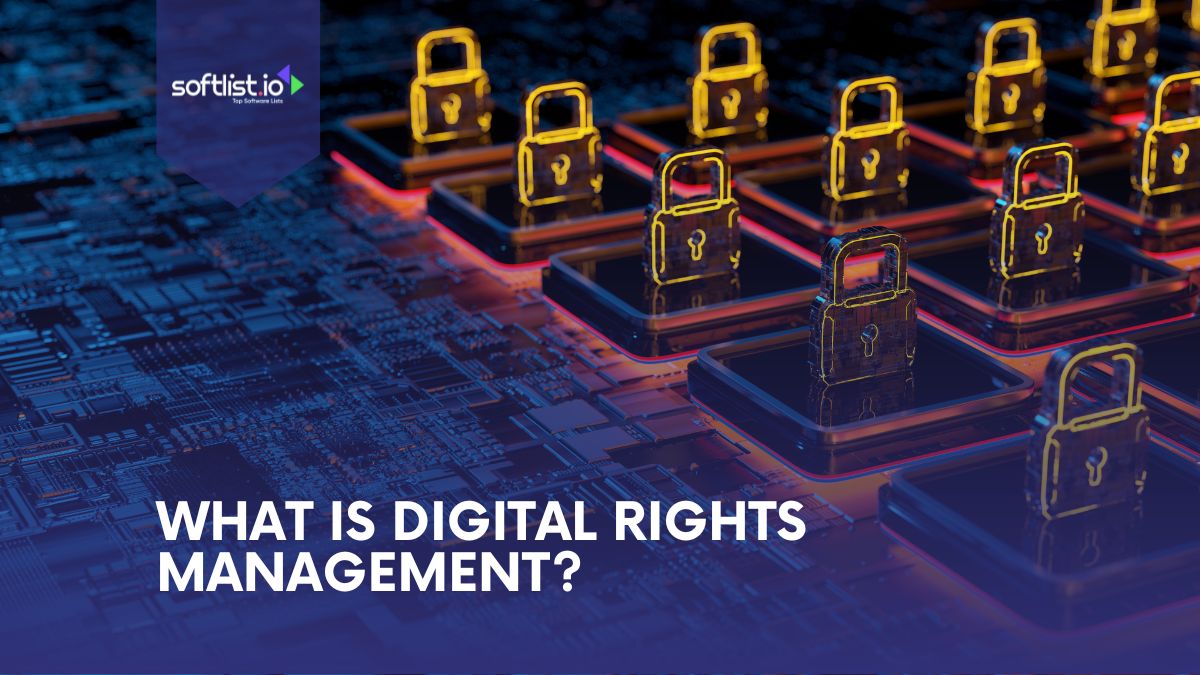Protecting intellectual property in the digital age is more important than ever, as online content is easily shared, copied, and distributed. Digital Rights Management (DRM) is a technology-driven approach that helps businesses, publishers, and creators enforce copyright protection and prevent unauthorized use of their work. From securing copyrighted material to controlling access based on the number of devices, DRM ensures that only legitimate users can interact with protected content.
As part of digital asset management, DRM provides tools for encryption, licensing, and authentication, helping organizations maintain control over their media, documents, and software. These solutions not only support content protection but also play a vital role in data security, reducing risks associated with piracy and illegal distribution. For copyright holders, DRM offers a reliable way to safeguard their content while allowing authorized users to access it under specific conditions.
Understanding what Digital Rights Management is and how it works is essential for businesses and individuals managing digital content. Exploring its benefits and applications can help organizations implement effective copyright protection strategies while ensuring their valuable assets remain secure.
Key Takeaways
- DRM solutions help businesses and creators enforce intellectual property rights by preventing unauthorized access, protecting sensitive documents, and ensuring compliance with copyright laws.
- Common use cases for DRM include securing confidential information, managing digital media rights, and regulating access to sensitive data across industries like publishing, entertainment, and corporate security.
- While DRM aims to protect digital assets, it must also balance consumer rights and fair use, ensuring that users can legally access and utilize content without unnecessary restrictions.
What Is the Importance of Digital Rights?

Digital rights management (DRM) is a set of technologies to prevent unauthorized access to digital media files. The term is often applied to software, particularly audio-visual media, such as DVDs and Blu-ray discs. Still, it can also be used for other forms of digital content to restrict access to unauthorized users.
Digital rights management can be used to restrict how a user can use or copy an item. For example, DRM may allow a user to make only a certain number of copies of an object or view it on a particular device simultaneously. These restrictions may be imposed by the DRM software itself or the content provider who owns the file.
DRM systems are based on a concept called encryption: encrypted data cannot be decrypted without the proper key. Some DRM systems store keys in encrypted form on a computer’s dedicated chip or storage device. Other systems use public key algorithms, which are easier to implement with existing hardware and software technology.
What Is A DRM?

Digital Rights Management (DRM) is a set of techniques allowing rights holders to limit how their content may be used. The technology prevents unauthorized distribution of copyrighted works and restricts access to them as they are transferred from one device to another multiple devices.
DRM tools allow content creators and publishers to control when, where, and how consumers may access their content. The primary purpose of DRM is to protect against piracy by restricting the use of software, hardware, or media that enables access to protected content.
What Are the Benefits of DRM?

Digital Rights Management (DRM) protects copyrighted digital media such as movies, music, and software. In most cases, DRM restricts access to the content and prevents unauthorized copying or sharing of digital assets document access.
The main benefit of DRM is that it allows you to ensure that only authorized users can view or listen to your content. This means that if someone else tries to download a file from your website, you will know about it and be able to take action against the user’s audio files with complete access control. Removing your online digital data is another aspect where DRM plays a crucial role. DRM technologies provide a layer of security that aids in the controlled deletion or revocation of access to digital content, ensuring that users can retract their data from online platforms if necessary.
In addition to protecting your content from theft, DRM helps prevent copyright infringement by making it more difficult for people to share files without permission. It also makes it easier for you to enforce licensing agreements with customers who want copies of your products on different platforms or devices than those where they were purchased.
What Is the Need for Digital Rights?

Digital rights management (DRM) is a set of technologies that allow content to be controlled and managed. The term DRM refers to any technology used to restrict the use of digital content in some way by online piracy data protection regulations.
It can be used to ensure that a user can only view or listen to certain digital content on specific devices, or it can be used to restrict the use of digital content for security reasons.
Digital rights management software is one type of DRM technology. It’s designed to protect digital content from unauthorized copying, modification, or distribution by preventing or restricting access to the object code stored on a computer hard drive or other media storage device.
Digital rights management software also prevents unauthorized access to files through file-sharing websites such as BitTorrent and BitTorrent, which can distribute illegal copies of movies, software programs, games, and other media files worldwide at lightning speed.
How Does a Digital Rights Management System Work?

A Digital Rights Management system is a software program that comes with the capability to manage digital rights. The system will allow the user to control what content is allowed on the computer, and it will also be able to track which files have been copied or downloaded.
The first step in implementing a digital rights management system is to create a licensing agreement. This agreement must include all of the details of how users are allowed access to various types of content on the computer and what kind of licensing agreements they will need for each type of content.
It is also essential to make sure that there are no loopholes in your licensing agreement. It should be clear what types of computers can be used with your digital rights management software and how many licenses you have purchased for each computer or device that could access your computer.
Conclusion
As technology advances, so do the challenges of unauthorized access, copying, and distribution of digital content. Have you considered how Digital Rights Management (DRM) impacts the media and software you use daily? Understanding its role can help individuals and businesses navigate copyright protection while ensuring fair use. To stay informed and compliant, explore how DRM solutions can benefit your digital assets and safeguard creative works in an increasingly connected world.
Read our other informative blogs to learn more about digital rights management and subscribe to enjoy the latest deals and discounts on selected software!
FAQ

What Is Software DM?
Digital Rights Management (DRM) is a software system that regulates digital media distribution according to licensing terms. The goal of DRM is to ensure that customers have access to content in a manner consistent with the terms under which it was purchased.
How Does a DRM Work?
Digital Rights Management (DRM) is a set of techniques to control access to digital media, such as video games and music. DRM can restrict the copying, modification, and distribution of digital media. The term usually refers to a family of technologies that use cryptography to enforce security on software or data to control access.
What Does Digital Rights Management Software Do?
Digital Rights Management (DRM) is a software that manages access to digital content. It is often used as an anti-piracy tool, but it can also be used to enforce the transfer of digital rights to other parties. DRM is often associated with anti-piracy measures and has become a standard feature in some operating systems and web browsers. The technology can protect against unauthorized copying of digital content, including music, movies, games, software, and e-books.






